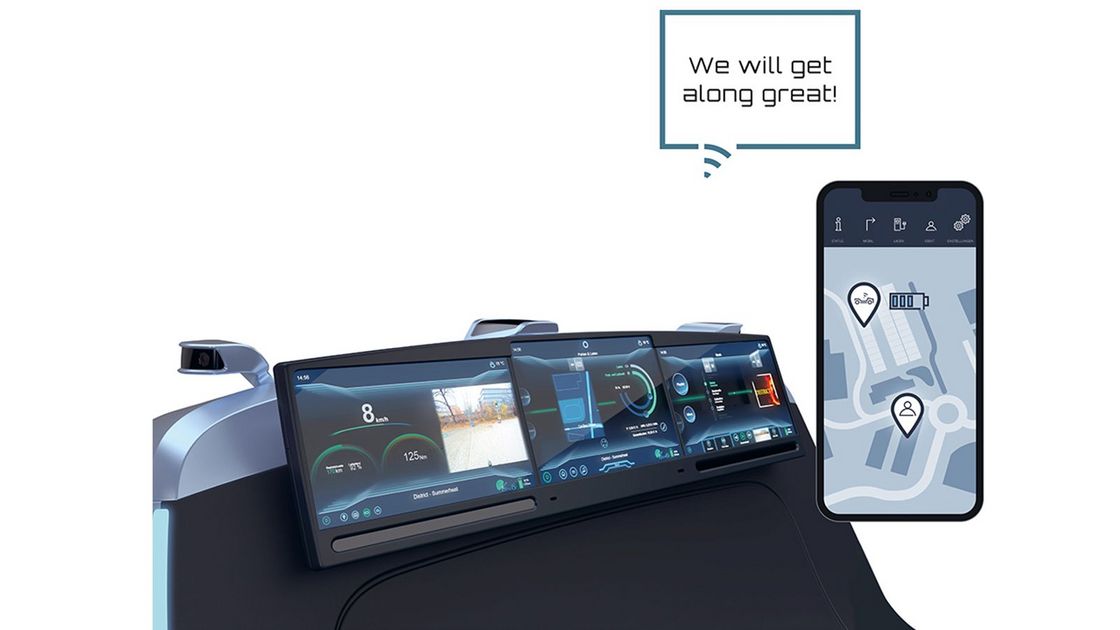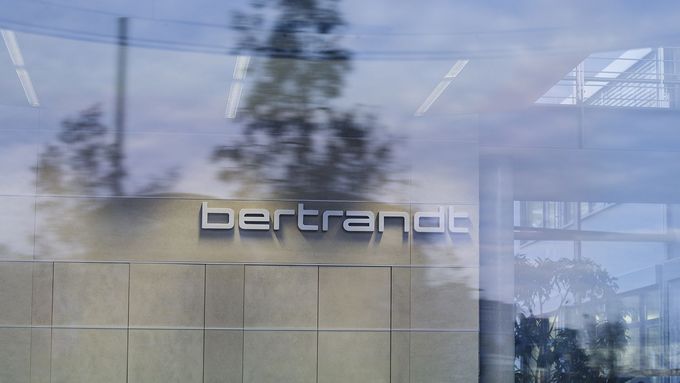When HARRI no longer needs a driver, he will have to engage in extensive communication and interaction with his environment, i.e. with the driver and the people on the street. To enable efficient communication between human and machine (human-machine interface (HMI) it was necessary to develop a new display and operating concept that works perfectly in terms of technology and operability.
User studies in the driving simulator
To do this, we recruited psychologists as members of our team at a very early stage of development. They use studies in the driving simulator to research the needs and impressions of users (user experience – UX) in their interaction with displays and other control elements. The results of these user studies are channeled right back into further technical development and result in UX-based design and operation decisions.
Interior and exterior communication
HARRI listens to and talks to the driver. He uses two touchscreens or the back-end to provide all relevant vehicle and sensor data for control and management. His external communications also function via displays. HARRI makes use of diverse color signals to indicates to other road users whether he is driving autonomously or if a driver is involved in steering. If he identifies a pedestrian, he communicates via another external display. In a next development stage, we will determine which external signals – pictograms, language, etc. – are appropriate for everyday traffic and are intuitively comprehensible.
User interaction and control
While driving, HARRI is operated via the touchscreens. A joystick is provided for manual steering. To this end, further studies are planned as to how the joystick steering works best or whether there may be a superior steering and control option. Of course, the driver stays in touch with HARRI even after exiting the vehicle. An app developed in-house specifically for this purpose enables the driver to query status data such as the battery charge level and issue orders to the vehicle, such as driving to a specific place at a specific time.
Integrated HMI solutions:
- User-oriented UX design
- Control via touchscreens
- Curved displays to communicate with other road users
- Drop-off and pick-up using a smartphone app developed in-house
- Audio or visual driver information
- Communication with pedestrians, other vehicles


